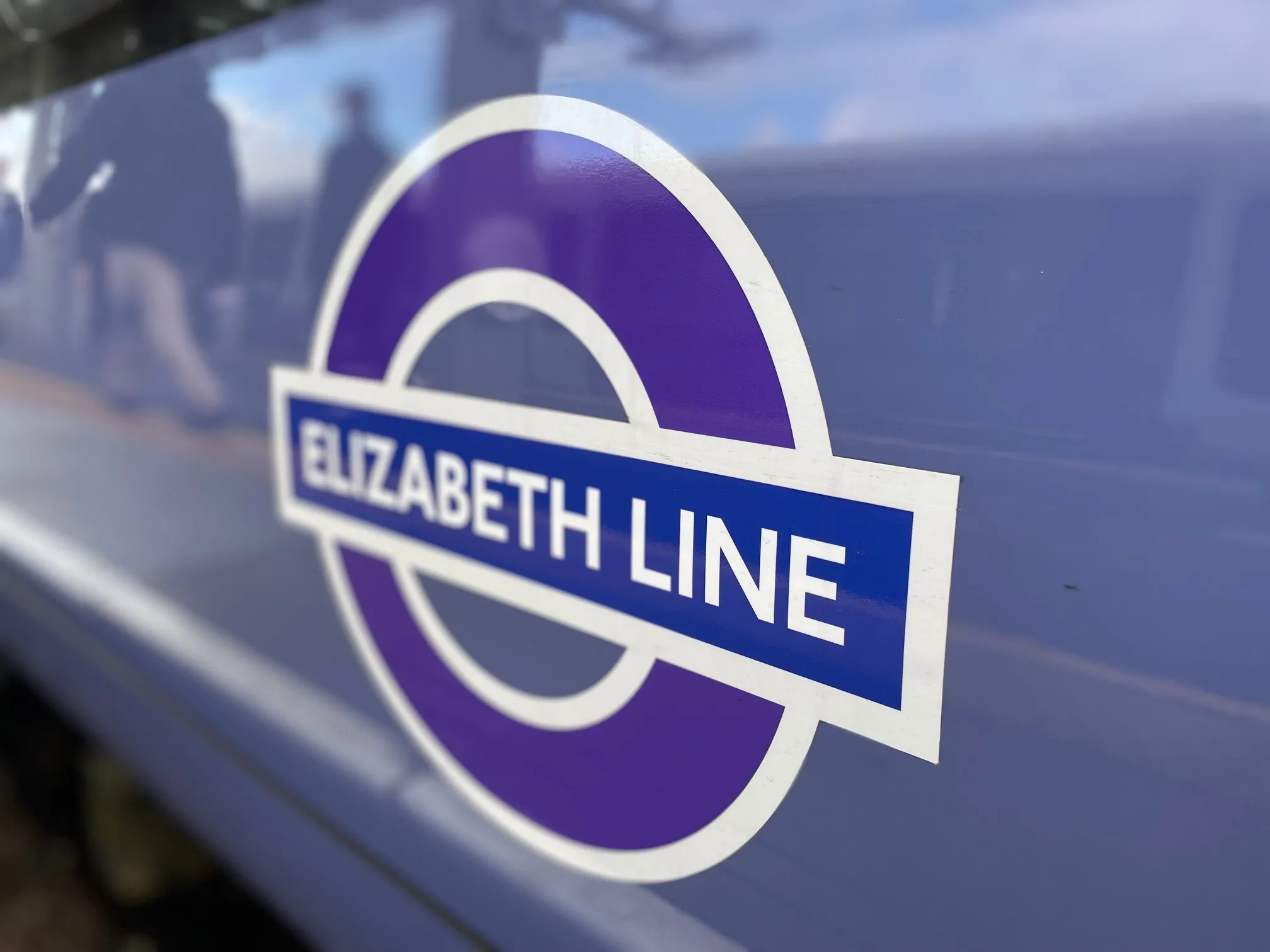Thousands of cyclists will no longer have to use the Vauxhall gyratory, one of the most threatening in London, under plans published today for central London’s first segregated cycle superhighway.
A continuous two-way and separated east-west track will be built from Kennington Oval to Pimlico, through the gyratory and across Vauxhall Bridge, breaking one of the most significant barriers to cycling in the capital.
There will also be substantially more space for pedestrians, with around one square kil
July 9, 2014
Read time: 2 mins
Thousands of cyclists will no longer have to use the 4231 Vauxhall gyratory, one of the most threatening in London, under plans published today for central London’s first segregated cycle superhighway.
A continuous two-way and separated east-west track will be built from Kennington Oval to Pimlico, through the gyratory and across Vauxhall Bridge, breaking one of the most significant barriers to cycling in the capital.
There will also be substantially more space for pedestrians, with around one square kilometre of new footway. The scheme also creates space for new protected north-south routes through the gyratory, the first of which will be installed later in 2015.
The Mayor, Boris Johnson, said: “In my Cycling Vision I promised that the worst and most dangerous junctions would be made safe for cyclists. Vauxhall is the first. In the same week London hosted the Tour de France, I am perhaps even more excited by this scheme, which will help ordinary cyclists every day for years to come.”
Public consultation opens today on the plans and they will be open for comments until 14 September. Subject to responses, work to deliver the scheme could begin in winter 2014.
Leon Daniels, Managing Director of Surface Transport at1466 Transport for London (TfL), said: “These proposed radical changes would provide a safe and direct route to people travelling through Vauxhall on bicycle, whether they are commuting, exercising or just enjoying being on two wheels. We have worked hard to come up with a scheme to improve facilities for both pedestrians and cyclists throughout this busy area and we would welcome any comments from local residents or road users on these ambitious, but deliverable plans.”
A continuous two-way and separated east-west track will be built from Kennington Oval to Pimlico, through the gyratory and across Vauxhall Bridge, breaking one of the most significant barriers to cycling in the capital.
There will also be substantially more space for pedestrians, with around one square kilometre of new footway. The scheme also creates space for new protected north-south routes through the gyratory, the first of which will be installed later in 2015.
The Mayor, Boris Johnson, said: “In my Cycling Vision I promised that the worst and most dangerous junctions would be made safe for cyclists. Vauxhall is the first. In the same week London hosted the Tour de France, I am perhaps even more excited by this scheme, which will help ordinary cyclists every day for years to come.”
Public consultation opens today on the plans and they will be open for comments until 14 September. Subject to responses, work to deliver the scheme could begin in winter 2014.
Leon Daniels, Managing Director of Surface Transport at








